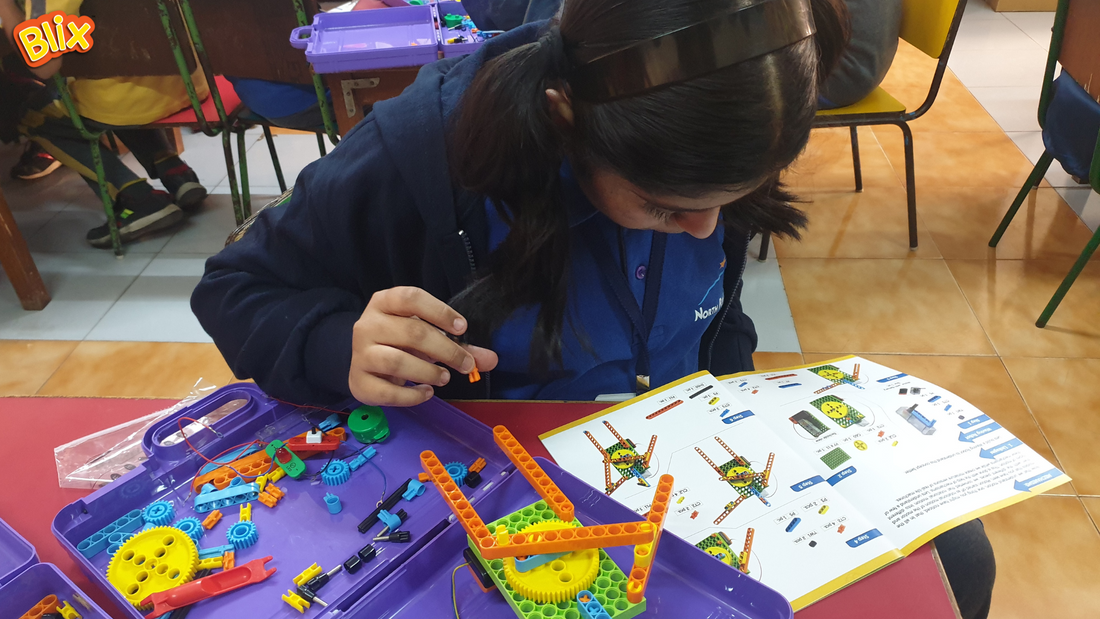
A student engaged in a STEM education project is effectively applying the principles of design thinking...How?
Share

Design thinking isn’t just a fancy buzzword. It’s how students tackle real problems. How they experiment with ideas. And more importantly how they build solutions that work.
Now, when STEM education gets into the picture - we actually give kids an ultimate sandbox to play in. How? Well, think of educational robotics kits and STEM toys. All these actually make learning feel like creating something cool.
Let's understand how!
First They Understand
It all starts with understanding. When it comes to a project related to STEM education, students first dig into the problem.
Let’s say they’re working on a robot that sorts recyclable materials. They’ll ask questions like:
- What materials can be recycled?
- How can we sort them?
- What’s the best way to build a robot that can do this?
When kids use educational toys like STEM Robotics Kits they don't just imagine the learning. They instead test and understand how the issue has an impact on the solution.
Next, They Define
Next comes clarity. Students zero in on the exact problem they want to solve. A vague idea like "make recycling easier" turns into "build a robot that separates plastic from metal."
STEM toys come with modular and interactive setups. Hence narrowing down goals gets easier. Students here actually break down big ideas into manageable chunks. Similar to what we know about reverse engineering.
Then ideation happens
Here’s where things get messy. But obviously in a good way. The brainstorming begins.
In the ideation process students start sketching. They do both tinkering and debating. No idea is too wild. Should the robot have wheels or legs? Should it use sensors or magnets? They think about it all.
What makes this process powerful is the versatility of STEM toys kids play with. With each toy, kids prototype without limits. The best educational toys encourage trial and error. And that's how little brains come up with bold ideas, isn't it?
Kids do prototyping
The building time. Out come the gears. And even circuits or the coding tools. Students here assemble their ideas piece by piece. Some parts would fail. Others might exceed expectations. But that’s the whole point.
Prototyping with educational robotics kits teaches students resilience. They learn to troubleshoot and adapt. The skills that go far beyond the classroom. And when that first prototype moves, spins, or sorts correctly?
That’s a win.
Lastly, they test!
Finally, it's showtime. The project gets tested. Students analyze the results. They identify what’s working. And then next fine-tune the rest.
With STEM kits, this phase is never boring. Testing feels like playing. In fact every success or failure teaches something new. This iterative process is what makes design thinking so powerful.
Now, why does this work?
When students work on any STEM project, they learn by doing. That's how abstract concepts become tangible. Suddenly, math isn’t just numbers. It’s more about how a motor works. Science isn’t just theories. It gets more about why a sensor detects objects.
Practically, STEM education doesn't turn kids into engineers overnight. Instead, they learn how to think like one. With the right mix of curiosity, creativity, and tools, students learn to dream big. And that's how a student engaged in a STEM education project is effectively applies the principles of design thinking, the smarter way!
